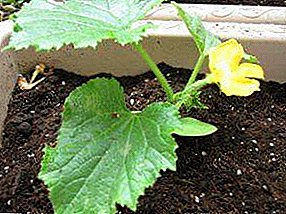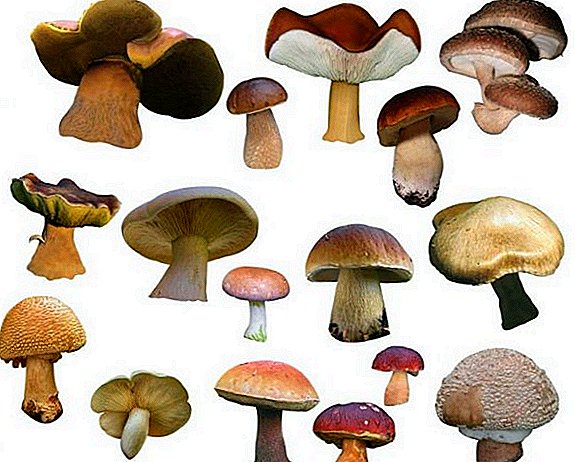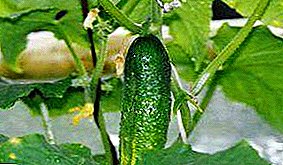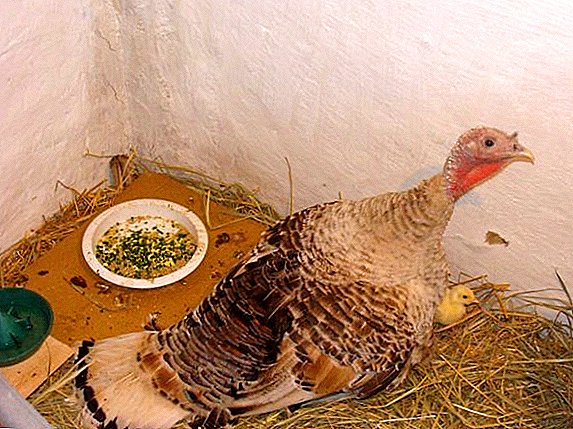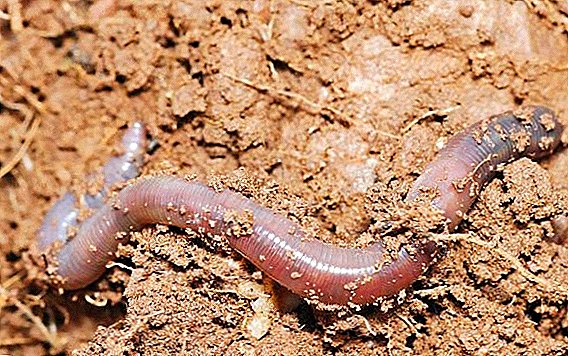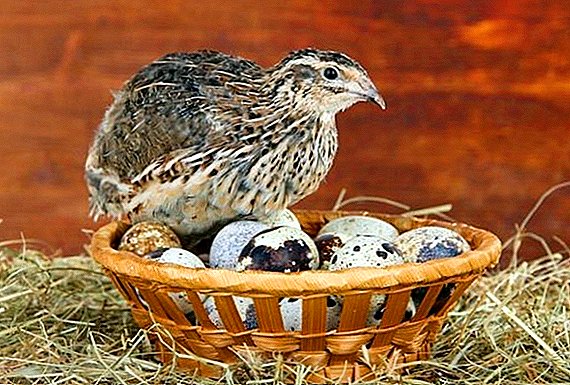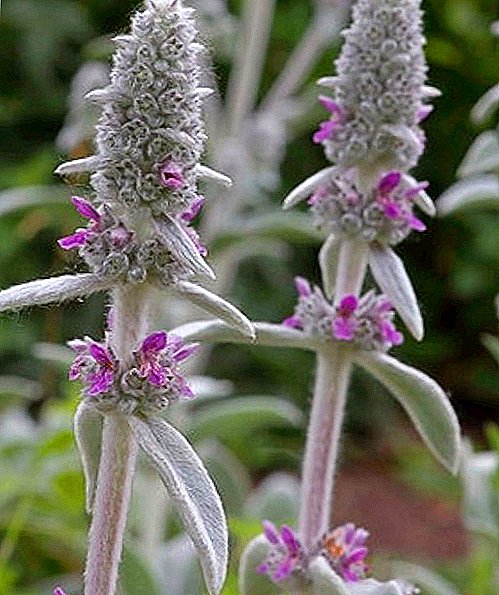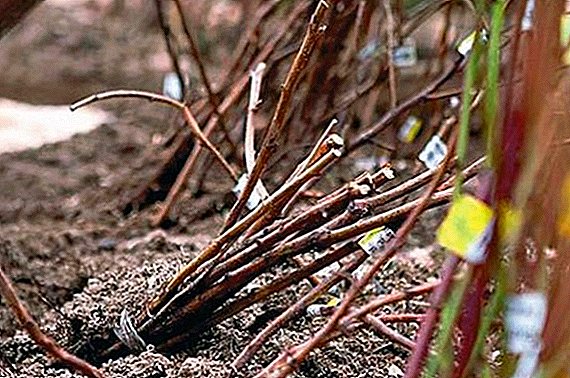
Orchid - a very original flower. It attracts with its appearance, long flowering and a huge selection of varieties. The same applies to colors.
On the shelves of shops now you can find plants with an amazing shade.
How they look, whether there are natural blue flowers in nature and how to determine whether a dyed orchid is or not - read on.
What does it look like?
Blue Orchid went on sale not so long ago, but won the attention of flower growers. Externally, the flower is no different from the usual kindred - wild orchids. It has aerial roots, leaves grow in two rows, shiny, fleshy.
A photo
In the photo below you can see how the blue and blue orchid flower looks.




Do such plants exist in nature?
Do plants exist in nature in blue, or are they specially painted? In various forums you can often find such a question. And opinions, of course, diverge. But the truth in this case is that There are no orchids with natural blue or blue flowers on sale.
In Japan, introduced a variety of orchids, which has its own shade of blue. It is called the Royal Blue Orchid. Unfortunately, in the free sale it will not be possible to meet. An orchid that is close to blue — a purple hue — exists. This is a variety of Wanda. True, the flowers are unevenly colored, have small specks.
If the seller is trying to convince that the plant with blue flowers is not artificially colored, then it is trying to deceive.
We offer to watch a video about a real blue orchid:
How did the artificial flowers appear?
For the first time a blue orchid was presented in 2011 at an exhibition in Florida. The viewers were not misled, saying that the subsequent flowering will be white. A company that presented an unusual flower patented a coloring procedure. Three months later, a beautiful blue flower was demonstrated in Holland, where he earned the “Sales Concept” award.
How to determine whether painted or real?
 In order to determine which orchid is in front of you - artificially colored blue or not - you need to pay attention to such details as:
In order to determine which orchid is in front of you - artificially colored blue or not - you need to pay attention to such details as:
- The appearance of the stem. It should be a natural color, without different impurities.
- Flower condition. If you lightly hold your finger over an artificially colored flower, then a trace of paint will remain on the skin.
- Substrate. The soil in which the orchid grows must be of a natural color. This indicates that the flower did not try to tint.
When buying a colored flower, it is important to understand that it will require more care, as it suffered a serious intervention.
What and how usually paint in the store?
Diligent sellers warn their customers that there is no need to wait for reusable blooming with blue or blue flowers from an orchid. The store uses a chemical dye to impart original blue or blue to the colors.. To do this, white orchid or poured with water diluted in her dye, or make a shot in the peduncle.
All these procedures do not change the genetic code of the plant. Coloring is short-lived. The next time, if conditions are suitable, the orchid will release white flowers.
Instructions on how to make a blue plant out of white
Before proceeding with the staining procedure, you need to decide which of the two known ways to use: staining through watering; coloring through the introduction of the dye directly into the flower.
The first method is more gentle, but less productive. As soon as watering with the dye stops, the plant quickly acquires a natural color. In addition, in addition to the flower, the stem and roots are stained. Long-term staining can be achieved by injection. It should be done very carefully, otherwise the plant will suffer irreparable damage.
It is better to make an injection into the flower stalk.. This will cause less damage to the plant.
Through watering
The technology is quite simple:
- It is necessary to dissolve the dye in water. The more dye in the water, the brighter the flower will turn out and the more harm will be done to the plant as a whole.
- Next, you should water the orchid as usual.
By injection
How to paint the orchid blue in this way at home:
- The syringe is filled with the dye mixed with water.
- The solution is gently injected into the selected part of the plant.
Preparation of materials
 Water for staining should be at room temperature. It is better to take separated water. Boiled use is not necessary.
Water for staining should be at room temperature. It is better to take separated water. Boiled use is not necessary.- Syringe sterile injection is required. So the plant is safe from pathogenic bacteria during the introduction of the dye.
Specialist chemical solutions are chosen as the dye, which can be purchased at a flower shop or a retail outlet where they distribute agricultural products. Replace specialized dye can be on food. It is better to introduce the ready mixture for dyeing directly into the peduncle.
Worst of all, the plant tolerates injection in the roots.
Negative consequences
Artificial staining is a serious interference with the organic structure of the plant.. In case of an error made during the procedure, you can lose the flower. If everything is done correctly, you need to remember that the dye will greatly weaken the plant, it can hurt for a long time. In order that the orchid does not die, it is necessary to constantly monitor its state of health. It is recommended to protect the diseased plant from direct sunlight, to irrigate using organic fertilizer.
In no case can not repot the flower immediately after the procedure of artificial coloring. A weakened plant will not survive the operation and most likely will die.
Where and at what price can I order?
The price of the question depends on the place where the plant was purchased. In small flower shops will offer to get an amazing blue flower within 1000 rubles. The best place to buy plants are exhibitions.. Here, all flowers have certificates. But it is important to learn one thing: no matter what the vendors say, the blue-colored orchid is not any hybrid bred under special conditions. The plant was subjected to outside interference to give the petals a charming shade.
How to care at home?
 Caring for a blue or blue orchid in a pot at home is little different from caring for an ordinary flower.
Caring for a blue or blue orchid in a pot at home is little different from caring for an ordinary flower.
First of all, it is necessary to ensure a normal temperature for this tropical guest. Orchids are thermophilic, so they prefer to live at a temperature not lower than 25 degrees.
The plant needs sunlight. It must be scattered. Light day can be increased by artificial means.
Orchids are very afraid of drafts, so you need to be very careful when choosing a place for a flower. Watering should be carried out through the pan as needed..
There is an unspoken rule: the more air, the more often watering. In the warm season or during the flowering period, the plant needs more moisture than during the rest period.
Stagnant moisture can lead to rotting of the roots, then the orchid will be difficult to save. The substrate must be loose, through which the roots of the plant breathe and receive the necessary nutrients.
Any orchid, regardless of the variety and colors can bring joy to its owner. No need to try to achieve the removal of extreme colors by causing pain to your pet. It is important to implement the necessary rules of caring for an orchid, and then he will repay the owner with an incredibly abundant and long flowering.


 Water for staining should be at room temperature. It is better to take separated water. Boiled use is not necessary.
Water for staining should be at room temperature. It is better to take separated water. Boiled use is not necessary.